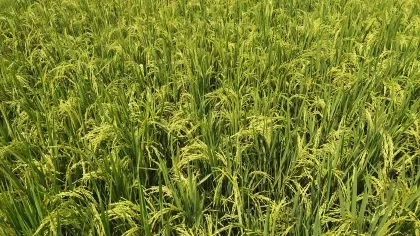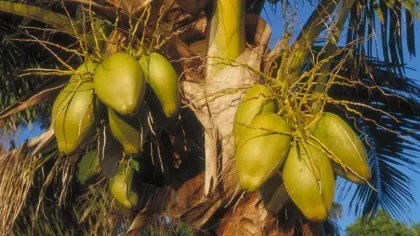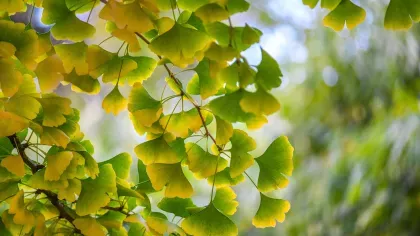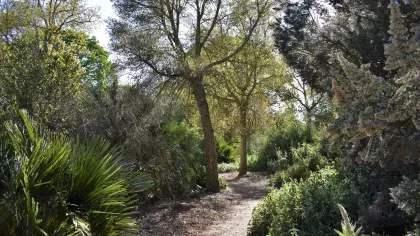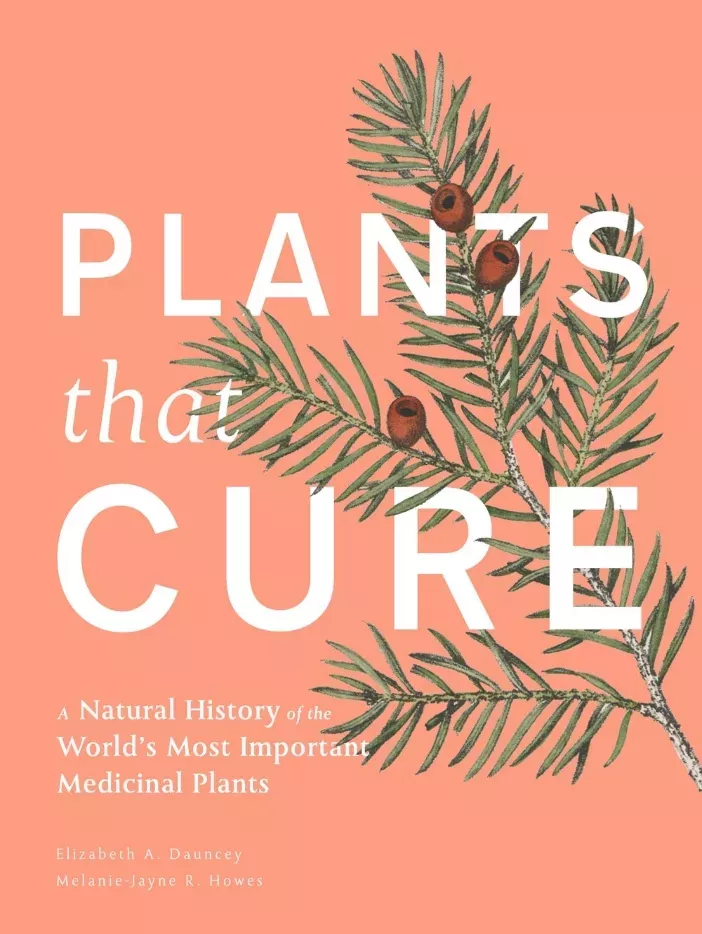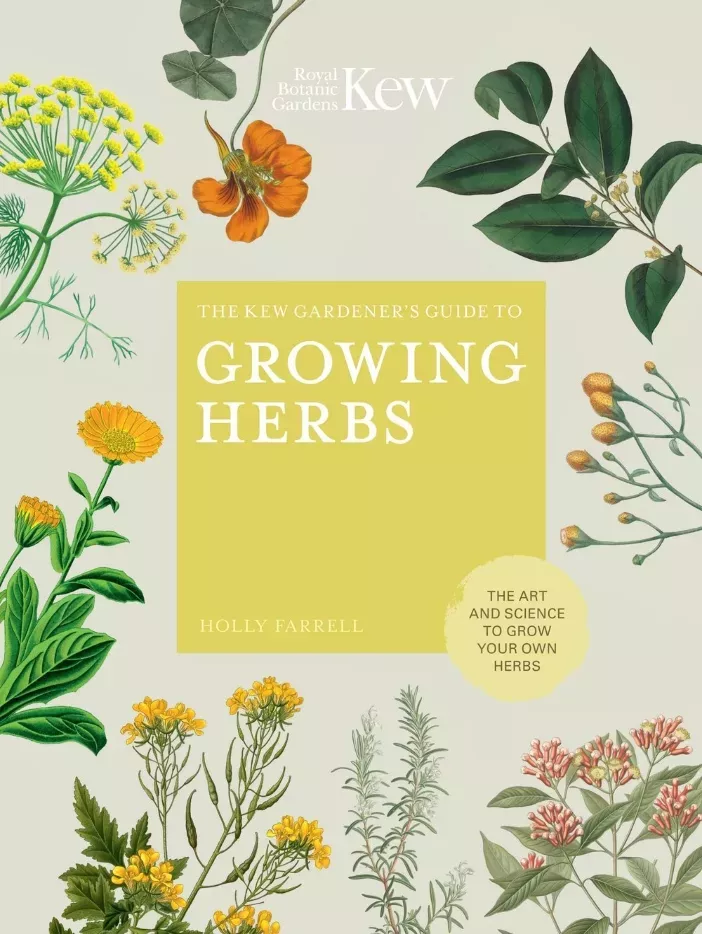
Rosemary
On this page
The aromatic, sun-loving rosemary is a prized Mediterranean herb.
It is unsurprising that rosemary is otherwise known as the 'wonder-herb'; it has an array of uses from adding flavour to cooking and fragrance to perfumes, to decorating sunny garden borders and even improving memory.
Rosemary has been a symbol for memory for hundreds of years. In Shakespeare's Hamlet, Ophelia says: "There's rosemary, that's for remembrance".
Plant description
Rosemary is a fragrant, evergreen shrub with needle-like leaves and two-lipped, purplish-blue and white flowers. New growth is soft and flexible but older stems become woody and form trunks with time.
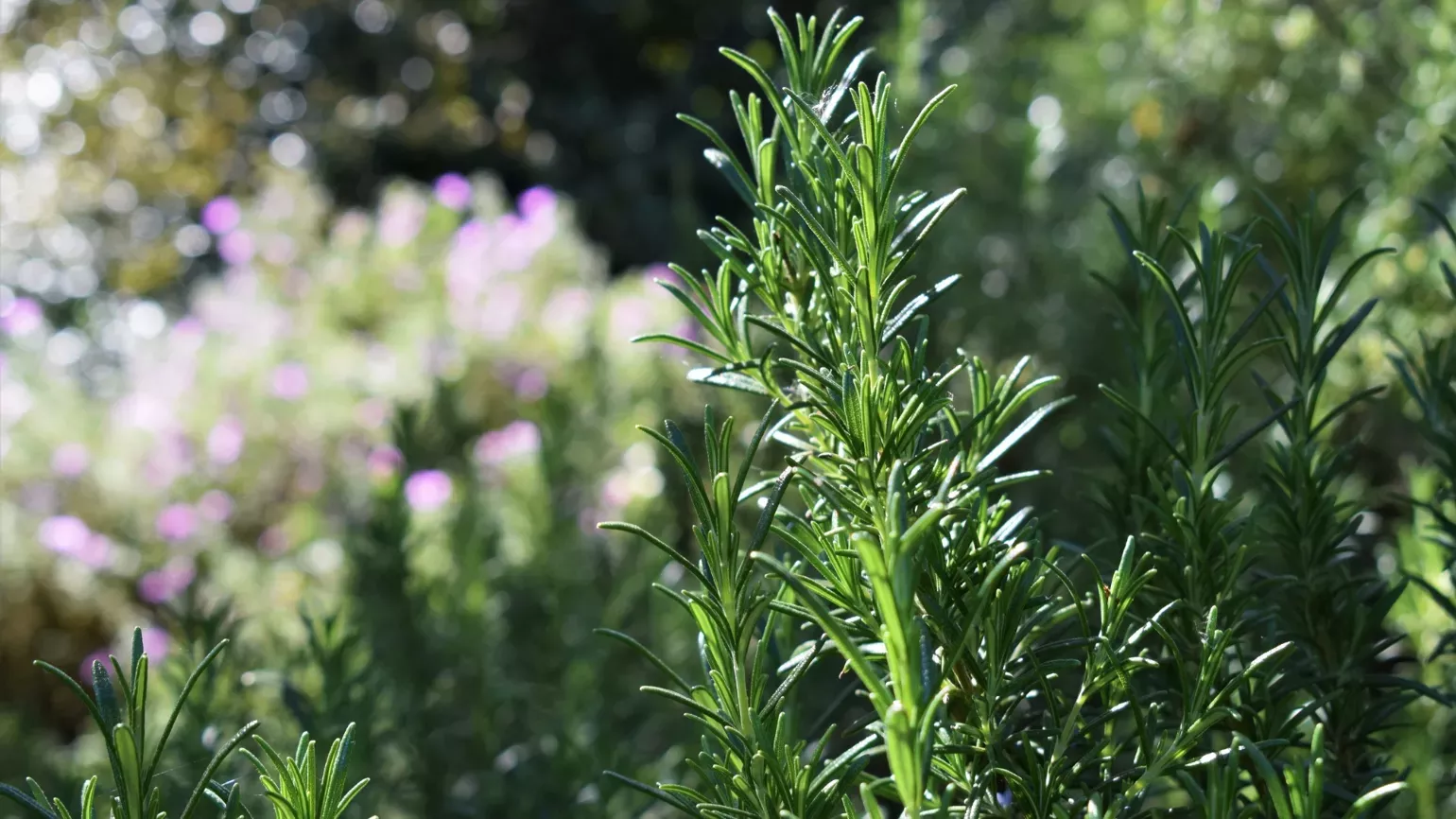
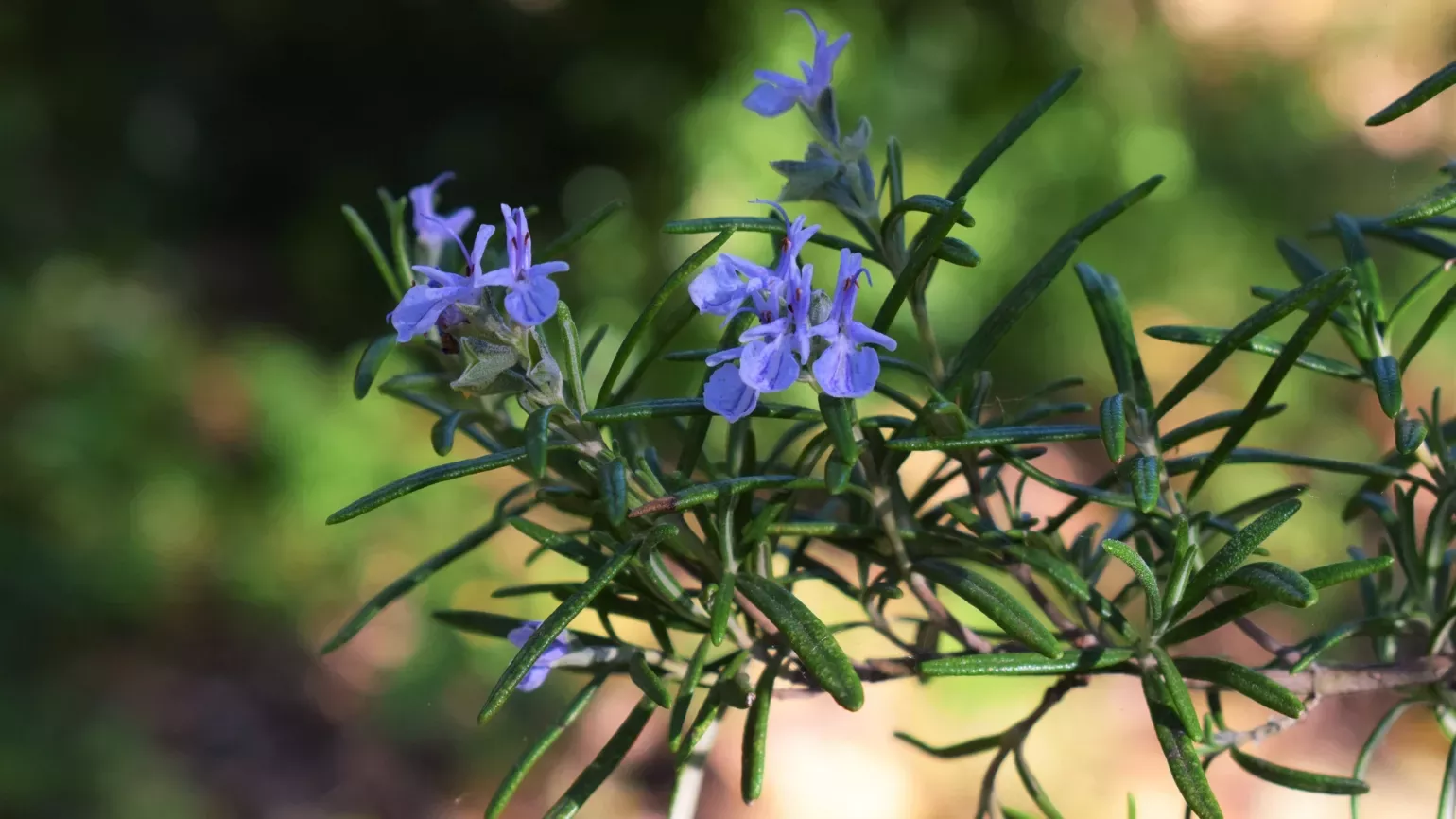
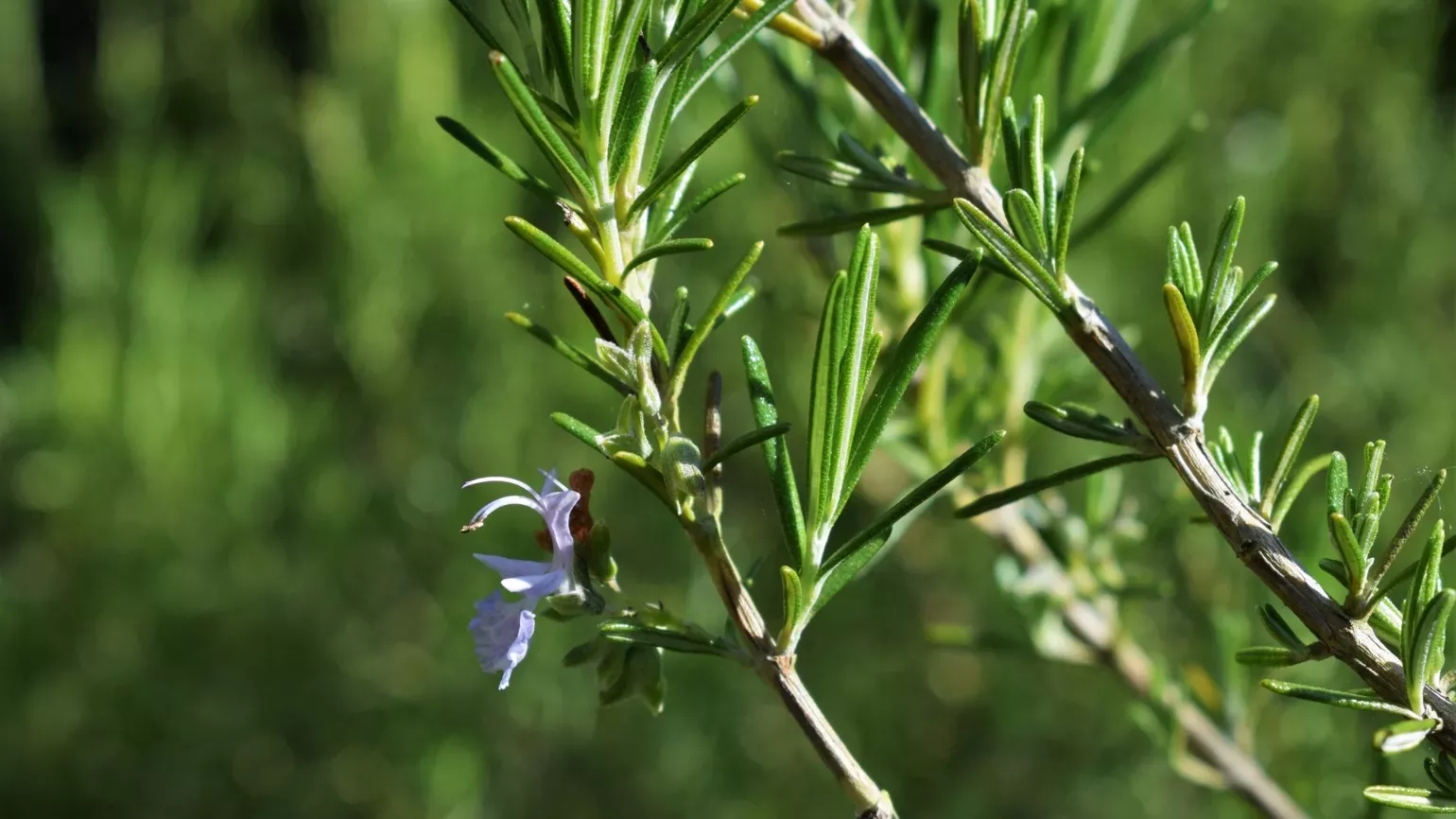
Plant uses
Beauty and cosmetics
Rosemary flowers and leaves contain an essential oil which has a strong aromatic fragrance, making it a popular ingredient in perfumery, cosmetics, hair products and incense burners.
Rosemary has strong antioxidant properties and contains iron, calcium, and phytonutrients so it is added to hair care products to provide hydration and protection from sun damage.
Cultural
Rosemary’s pretty, purple flowers often feature in ornamental garden displays. It thrives in containers and along sunny borders in dry regions.
Food and drink
Rosemary is one of the most prized herbs used in cooking, especially in Mediterranean cuisine.
It is used to flavour various dishes, both sweet and savoury, but is most popular in dressings for meats. The leaves have a bitter taste which compliments fatty foods like lamb and oily fish.
Narbonne honey from France mostly comes from bees feeding on rosemary blossoms.
Health
The leaves and flowers of rosemary can be used to make a tea, thought to relieve headaches, colic, colds, and depression.
Rosemary also has antibacterial and antifungal properties.
It was used in traditional European herbal remedies for a variety of ailments, including wounds, eczema, poor appetite, and asthma.
Did you know?
Rosemary is drought-tolerant; it grows in Mediterranean climates with long, hot summers and lengthy periods of little water.
The longer or more intense the drought in the Mediterranean region where rosemary is growing, the stronger its aromatic flavour.
Rosemary belongs to the same plant family as other well-known herbs, including basil, thyme, mint, and sage.
Rosemary can be easily propagated from cuttings. In early to midsummer, cut 10cm pieces from new growth and strip off the bottom leaves. Put the cuttings in a pot of compost and keep them moist. They will root by autumn when they can be re-potted and grown before planting along borders in spring.
If you see E392 on a food label, this means that it contains an extract of rosemary.
Where in the world?
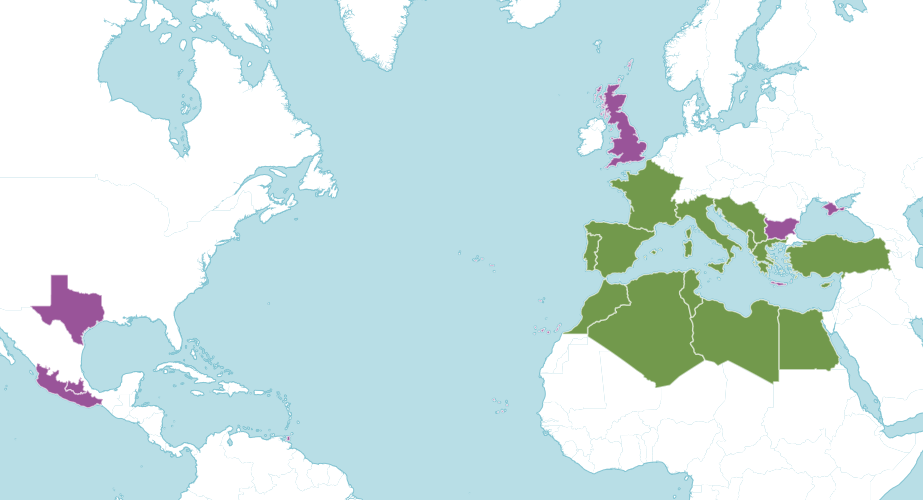
Dry scrubland in regions with a Mediterranean climate. It grows well on dry, light, sandy soil with lots of sunlight.
Find it in our gardens
Kew Gardens
A botanic garden in southwest London with the world’s most diverse living plant collection.
Location
Mediterranean Garden, Kitchen Garden, herb garden in the Queen’s Garden.
View map of Kew GardensBest time to see
Wakehurst
Kew’s wild botanic garden in Sussex that has over 500 acres of plants from around the world and is home to the Millennium Seed Bank.
Location
Walled Garden.
View map of WakehurstBest time to see
Our work
Plants contain many complex and diverse chemicals that can affect our health. Through scientific research, many of these chemicals have revolutionised medicine.
Scientists at Kew partnered with other research institutes, including Dilston Physic Garden in Northumberland, to investigate the chemical components of rosemary and other herbs, and their medicinal potential to aid memory.
This study found that a combined extract of rosemary, sage (Salvia officinalis) and lemon balm (Melissa officinalis) improved memory in healthy people aged under 63.
Our scientists and collaborators are currently conducting further research on the chemical components of these plants, to understand any potential role they may have in delaying or reducing the symptoms of dementia or improving brain function in general.
Another project by a Kew scientist is looking at variation in the chemical profiles of cultivated varieties (cultivars) of rosemary, and the effect this has on their uses as medicines or for health.
Some of the chemicals that vary between rosemary cultivars have strong antimicrobial properties.
Scientists at Kew have also looked at the different rosemary plants growing in our Gardens to evaluate their susceptibility to the rosemary beetle.
They found that the rosemary plants in the Duke’s Garden were the most susceptible, which is associated with their chemistry.
